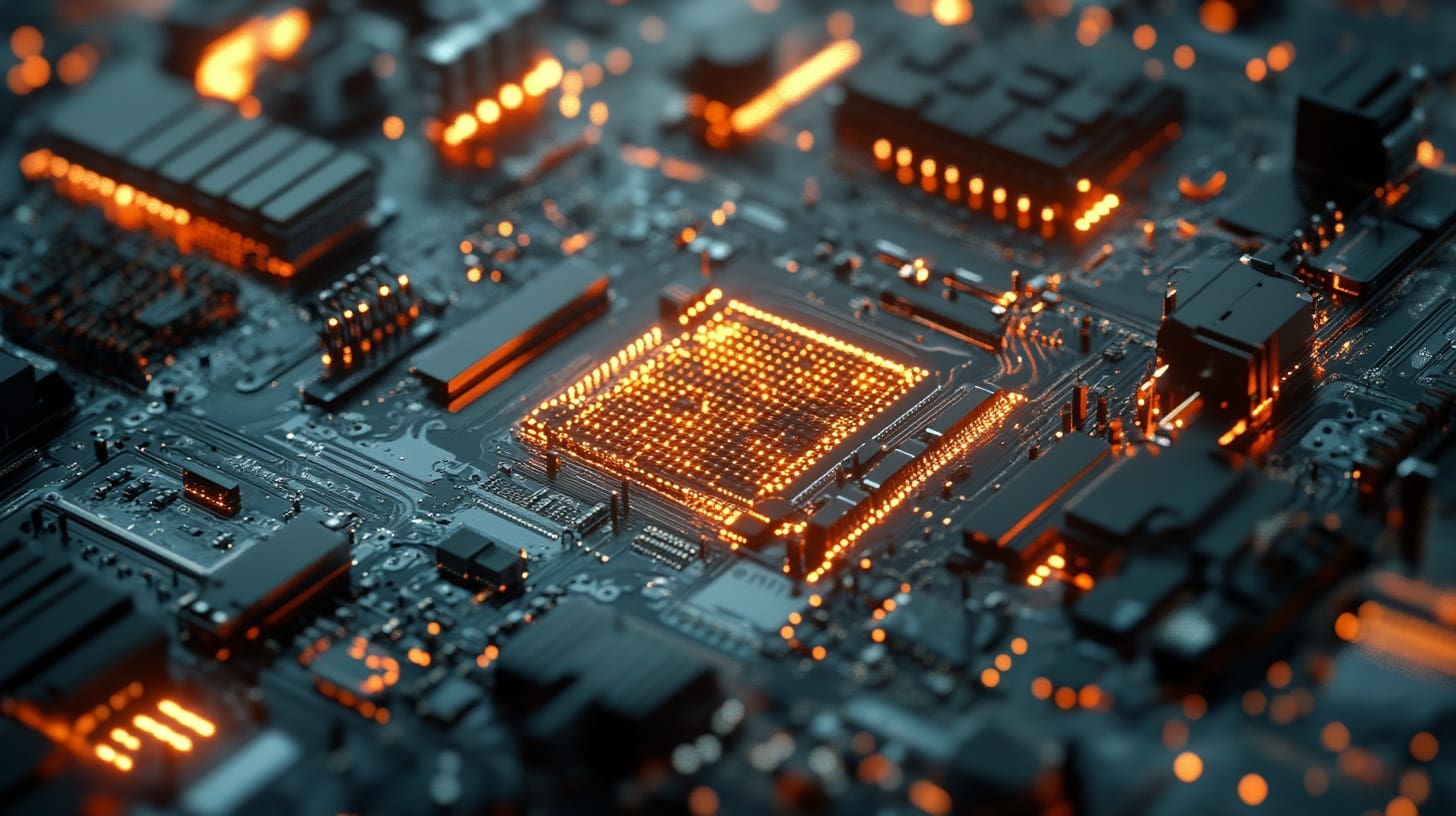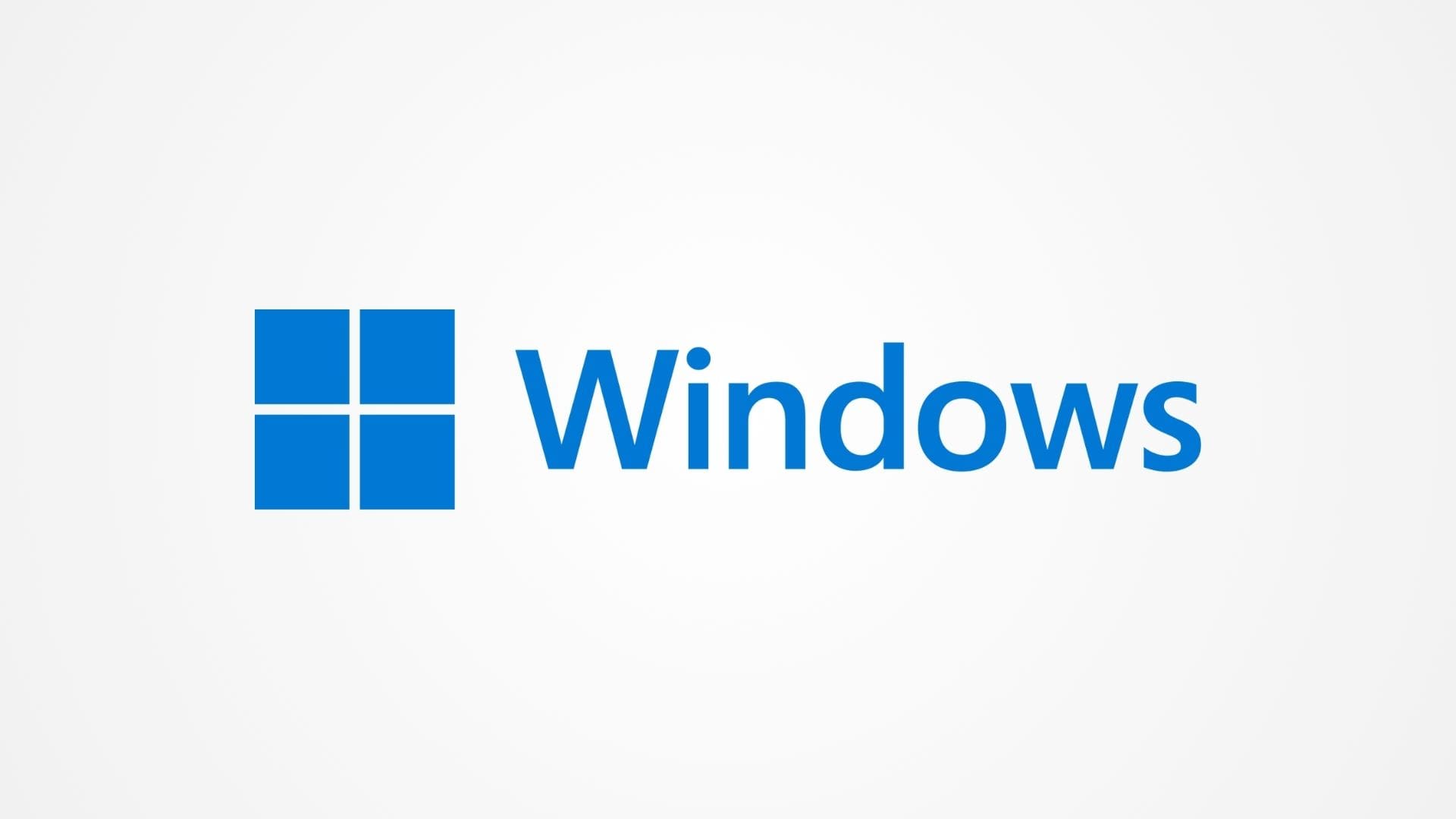Electronics is a fascinating field that plays a crucial role in our daily lives, shaping the way we communicate, work, and entertain ourselves. From the smartphones in our pockets to the appliances in our homes, electronic devices have become integral to modern life. But what exactly is electronics? At its core, electronics is the branch of physics and engineering concerned with the design, development, and application of circuits and devices that control the flow of electricity. These circuits can range from simple configurations with a few components to highly complex systems that power advanced technologies.
The Basics of Electronics
To begin with, it’s essential to understand the basic concepts that form the foundation of electronics. The most fundamental concept is electricity itself—a form of energy resulting from the movement of electrons through a conductor, such as a wire. This movement of electrons is what we refer to as an electric current. In electronic circuits, this current is manipulated and controlled to perform various functions, such as powering a light bulb, processing data in a computer, or transmitting signals in a communication device.
Electronic circuits are composed of various components that each have a specific role in controlling the flow of electricity. The most common components include resistors, capacitors, inductors, diodes, and transistors. Resistors are used to limit the flow of current, capacitors store and release electrical energy, inductors resist changes in current, diodes allow current to flow in only one direction, and transistors act as switches or amplifiers. By combining these components in different ways, engineers can create circuits that perform a wide range of functions.
Understanding Electric Circuits
An electric circuit is essentially a closed loop that allows current to flow from a power source, such as a battery, through various components, and back to the power source. There are two primary types of circuits: series and parallel. In a series circuit, all components are connected in a single path, so the same current flows through each component. In contrast, in a parallel circuit, components are connected in multiple paths, so the current is divided among the different paths. The type of circuit used in a particular application depends on the desired outcome. For instance, parallel circuits are often used in household wiring because if one component fails, the others can continue to operate.
Ohm’s Law is a fundamental principle in electronics that describes the relationship between voltage (V), current (I), and resistance (R) in a circuit. The law is mathematically expressed as V = IR, meaning that the voltage across a component is equal to the current flowing through it multiplied by its resistance. This equation is critical for designing and analyzing circuits, as it helps engineers determine the correct values for components to achieve the desired performance.
The Role of Semiconductors in Electronics
One of the most significant advancements in electronics was the discovery and development of semiconductors. Semiconductors are materials that have electrical conductivity between that of a conductor and an insulator. The most commonly used semiconductor material is silicon, which is abundant, inexpensive, and has excellent electrical properties.
Semiconductors are the foundation of modern electronic devices because they can be used to make components like diodes and transistors. These components are crucial for controlling the flow of electricity in circuits. Transistors, in particular, revolutionized electronics by enabling the creation of small, efficient, and reliable devices. Before transistors, electronic devices relied on vacuum tubes, which were bulky, consumed a lot of power, and were prone to failure. Transistors, by contrast, are small, require little power, and have a much longer lifespan, making them ideal for use in everything from radios to computers to smartphones.
The development of integrated circuits (ICs) further advanced the field of electronics. An IC is a small chip that contains a large number of transistors and other components all working together to perform complex tasks. This miniaturization has allowed electronic devices to become more powerful, yet smaller and more energy-efficient.
Applications of Electronics
The applications of electronics are vast and varied, touching nearly every aspect of modern life. In communications, electronics enables the transmission of data over long distances, making it possible for us to talk to someone on the other side of the world in real time. In computing, electronics powers the processing and storage of vast amounts of data, driving everything from simple calculators to supercomputers that perform trillions of calculations per second. In healthcare, electronic devices are used for diagnosing and treating patients, from simple thermometers to advanced MRI machines. Even in entertainment, electronics plays a crucial role, with devices like televisions, video game consoles, and music players all relying on electronic circuits to function.
The Evolution and Future of Electronics
The field of electronics has undergone tremendous evolution since its inception, and its future promises even more groundbreaking advancements. The journey began with the discovery of electricity and the invention of simple electrical devices. Over time, the development of vacuum tubes, which could amplify electrical signals, marked the first significant leap in electronics, leading to the creation of early radios and televisions. However, it was the invention of the transistor in 1947 by John Bardeen, Walter Brattain, and William Shockley at Bell Labs that truly revolutionized the field.
Transistors paved the way for the miniaturization of electronic devices, replacing bulky vacuum tubes with compact, efficient, and reliable components. This breakthrough led to the development of integrated circuits (ICs) in the 1960s, which allowed for the packing of thousands, and eventually billions, of transistors onto a single chip. These ICs became the building blocks of modern electronics, powering everything from computers and smartphones to industrial machines and medical devices.
As we look to the future, several emerging technologies are poised to further transform electronics. One of the most exciting developments is the advent of quantum computing. Unlike classical computers, which use bits to process information in binary form (0s and 1s), quantum computers use quantum bits, or qubits, which can represent and process multiple states simultaneously. This capability has the potential to exponentially increase computing power, enabling solutions to problems that are currently intractable for even the most powerful supercomputers.
Another significant trend is the rise of the Internet of Things (IoT). IoT refers to the interconnection of everyday objects via the internet, allowing them to send and receive data. This technology is rapidly expanding, with applications ranging from smart homes, where appliances can be controlled remotely, to industrial IoT, which enables real-time monitoring and optimization of manufacturing processes. The proliferation of IoT devices is driving demand for new types of electronic components and systems that are smaller, more energy-efficient, and capable of wireless communication.
In the realm of materials science, the development of new semiconductor materials is set to enhance the performance of electronic devices. While silicon has been the dominant material for decades, researchers are exploring alternatives such as gallium nitride (GaN) and silicon carbide (SiC), which offer superior efficiency and can operate at higher temperatures and voltages. These materials are particularly promising for applications in power electronics, where they can improve the efficiency of devices such as electric vehicle chargers and renewable energy systems.
Flexible electronics is another area garnering attention. Unlike traditional rigid circuits, flexible electronics can be bent, stretched, and folded, opening up new possibilities for wearable devices, flexible displays, and medical implants. Advances in materials like organic semiconductors and conductive polymers are making these flexible devices more practical and commercially viable.
Challenges in Electronics
Despite the remarkable progress in electronics, the field faces several challenges that must be addressed to continue its advancement. One of the primary challenges is energy consumption. As electronic devices become more powerful and ubiquitous, their energy demands are increasing. This has significant implications for both the environment and the economy. Researchers are actively seeking ways to reduce the energy consumption of electronic devices through innovations in circuit design, power management, and the development of more efficient materials.
Another challenge is the issue of electronic waste, or e-waste. As technology evolves rapidly, electronic devices become obsolete within a few years, leading to an ever-growing amount of e-waste. This waste often contains hazardous materials that can harm the environment if not disposed of properly. Addressing this issue requires a combination of strategies, including designing devices that are easier to recycle, implementing more effective e-waste recycling programs, and encouraging consumers to reduce, reuse, and recycle their electronics.
The complexity of modern electronic systems also presents challenges in terms of design, testing, and maintenance. As circuits become more intricate and components are packed more densely onto chips, ensuring their reliability and performance becomes increasingly difficult. Engineers must develop new tools and techniques to design, simulate, and test these advanced systems, ensuring that they meet the high standards required for critical applications such as healthcare, aerospace, and automotive industries.
Electronics is a dynamic and rapidly evolving field that continues to shape the world in profound ways. From the simple circuits of the early 20th century to the highly sophisticated systems of today, electronics has transformed nearly every aspect of modern life. As we stand on the brink of new technological breakthroughs, the importance of electronics will only continue to grow. Quantum computing, IoT, new semiconductor materials, and flexible electronics are just a few of the innovations that promise to drive the next wave of advancements in this field.
However, with these advancements come challenges that must be addressed to ensure sustainable growth. Energy consumption, e-waste, and the complexity of modern electronic systems are pressing issues that require innovative solutions. By continuing to push the boundaries of what is possible in electronics, while also considering the ethical and environmental implications, we can look forward to a future where technology not only enhances our lives but also contributes to a more sustainable and connected world.
As we continue to explore and understand the intricacies of electronics, it is clear that this field will remain at the forefront of technological innovation. Whether it’s through the devices we use daily, the systems that power our industries, or the emerging technologies that promise to revolutionize our future, electronics is—and will continue to be—an essential part of our world.







